Evolution
Type of resources
Topics
Keywords
Contact for the resource
Provided by
Years
Formats
Update frequencies
-
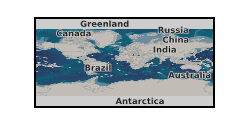
Supporting data from paper: Hill et al. 2019 Evolution of jaw disparity in fishes. Palaeontology 61: 847-854. The data consists of two files: (1) an Excel spreadsheet listing the taxa used in the study, specimen number, clade, age; (2) a Word document outlining the data collection and analysis procedure used in the study.
-
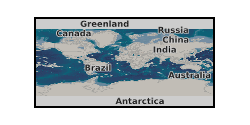
Data derived from NERC Grant NE/J022632/1, Sequence alignments and resulting phylogenetic hypotheses from Harrington et al. (2016) BMC Evolutionary Biology.
-
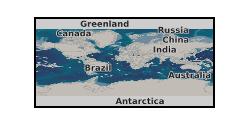
This dataset contains three dimensional synchrotron x-ray tomographic (SRXTM) datasets and analyses of nuclei and nucleoli in embryo-like fossils from the Ediacaran Weng'an Biota. The data accompanies the following paper: Yin Z, Cunningham JA, Vargas K, Bengtson S, Zhu M, Donoghue PCJ. 2017. Nuclei and nucleoli in embryo-like fossils from the Ediacaran Weng'an Biota. Precambrian Research. DOI: 10.1016/j.precamres.2017.08.009 Each .7z archive zip file contains the data relating to a single specimen.
-
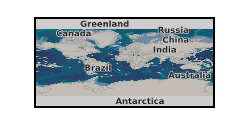
Phylogenetic data matrices used to assess the differences between hard and soft morphological characters For more details see: Fossilization causes organisms to appear erroneously primitive by distorting evolutionary trees Robert S. Sansom & Matthew A. Wills Scientific Reports 3, Article number: 2545 (2013) doi:10.1038/srep02545
-
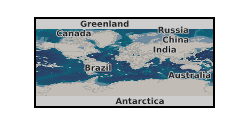
Results files from computer simulations of fluid flow for 3D models of Ediacaran organisms and communities, generated using computational fluid dynamics. Simulations performed using the simulation software package COMSOL Multiphysics. Root folder names refer to initial trials ‘Cylinder Tests’), modern organisms (‘Chondrocladia lyra’), Ediacaran organisms (‘Pectinifrons’ and ‘Pterdinium’), and Ediacaran surfaces (‘Avalon’ and ‘White Sea’ surfaces). Sub-folder and file names refer to simulations performed with different models (e.g., ‘Base’, ‘Filled’ and ‘Flush’ Petridinium models), model orientations (e.g., 0°, 90°, and 180° to the inlet), current velocities (e.g., 0.15, 0.5 and 0.85 m/s), and turbulence models (e.g., Spalart Allmaras, shear stress transport, and large eddy simulation). Further details for Pectinifrons and Pteridinium available in Darroch et al. 2022 (https://doi.org/10.1017/pab.2022.2) and Darroch et al. 2023 (https://doi.org/10.1016/j.isci.2023.105989), respectively. Files can be opened with COMSOL Multiphysics (www.comsol.com) versions 5.6 or 6.0 and above.
 NERC Data Catalogue Service
NERC Data Catalogue Service